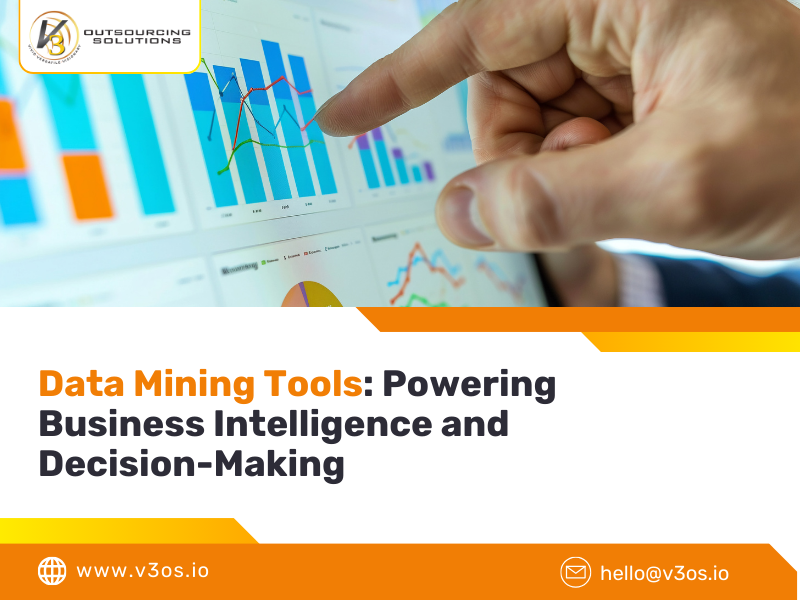
Can you anticipate decisions & strategies to be productive in real life devoid of data? Frankly speaking, data is immensely strong & powerful. Simply spare some time to find out how architects successfully build architecture & buildings. They make it a point to use data-driven calculations like area and parameters to calculate how much it is going to cost an architect. Hence, the moot point is data. Over the years, the power of driving accurate prediction or calculation has shifted to tools. Technically, these are known as data mining tools that are capable of transforming raw data into insightful intelligence.
It is because of their relevancy, faster turnaround, accuracy in foreseeing trends and flexible decisions that the market size is expanding rapidly. As per the reports shared by IDC, by 2025, each day will produce over 463 exabytes globally, which indeed is a huge challenge to mine.
Prior to discovering everything about tools, let’s find out what data mining technically is. Data hides a lot of patterns, correlations & anomalies. These are examined thoroughly to filter them so that the expected outcome can be achieved. Many applications and procedures are harnessed to combine machine learning, statistics & database systems in order to dig deeper insights. Such insights can be related to operations, customer behaviour, market conditions or whatever your goal is.
The volume of data is on the rise frequently. From supply chain logs to customers’ interactions, the influx of data from customer interactions makes manual analysis no longer feasible. To mine a sheer volume of data, data mining tools have evolved so that classification, clustering, regression & association rules can be swiftly conducted. Such capabilities help in the findings:
Now that you are pretty aware of how crucial mining is, let’s go through the proven tools that are widely used these days.
This is an open-source platform which reveals information that your naked eyes could hardly see to analyse. Such a tool offers an integrated environment where machine learning, data preparation & predictive analytics could be carried out.
Like the above one, this open-source tool can simplify intricate tasks involving machine learning and data mining. For creating a channelized workflow, ranging from ingestion to intelligence, the tool works outstandingly.
Weka is typically a programming language. Researchers and beginners can leverage its visualisation tools and predefined algorithms for predicting models or patterns. It helps in explaining the voice of data and analysing aligned tasks.
Data mining tools have gone a long way to enhance the capacity of data analysis while minimising the limitations of human interference. In the present scenario, global entities are introducing them to gain information from data that can significantly decode complex issues, help in apprehending the audience, and predict future trends followed by making enhanced decisions.